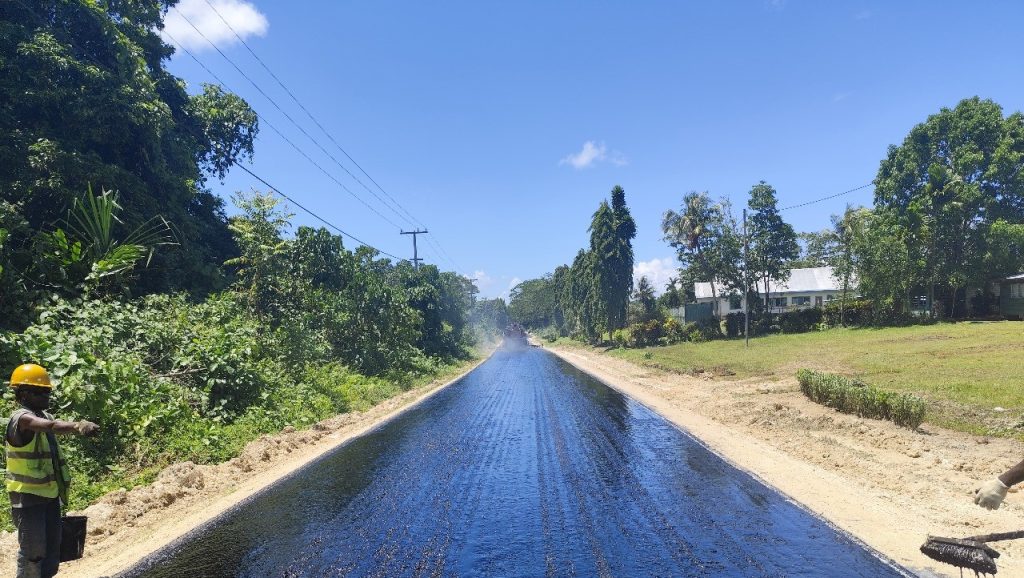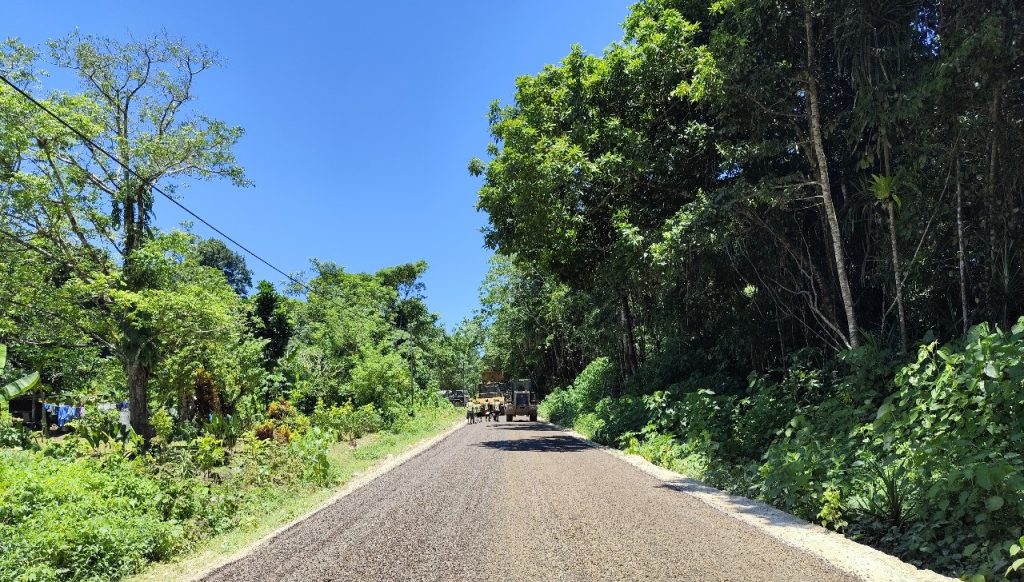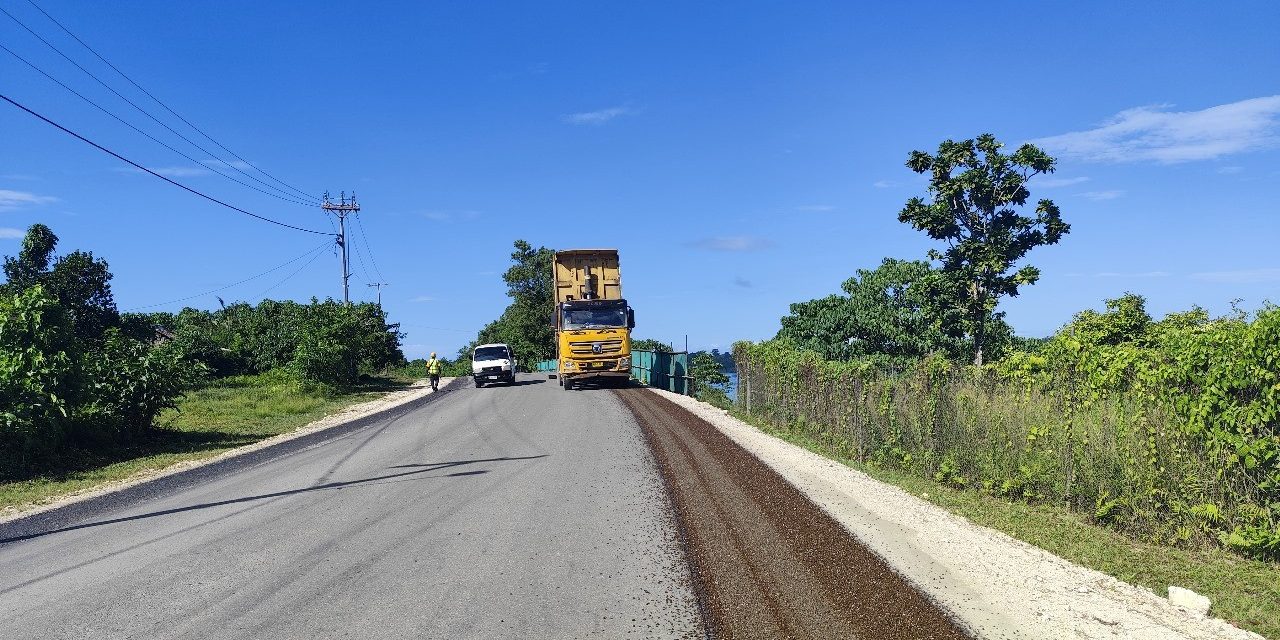The Noro Roads Improvement in Western Province has now reached 90 percent physical completion.
That’s according to the Ministry of Infrastructure Development (MID) in a statement issued on Monday.
The work is funded by the World Bank under the Second Solomon Islands Roads and Aviation Project (SIRAP2) and is being implemented by MID.
It remains on track to deliver safer and more reliable road infrastructure for the people of Western Province by the end of December 2025.
Recent construction highlights include: (i) completing high-strength concrete pavement on Port Entry, with the section temporarily closed to traffic to allow for concrete curing for 28 days; (ii) commencing concrete-lined drainage works on Fergusion Road, with drain covers prefabricated off-site; and (iii) sealing Custom Road, Baru Feeder Road, Bonito Drive, Catholic Road, and Tausinga Road with double bituminous surface treatment, with road shoulders paved on Noro Highway, Industrial Road, and Noro-Munda Road.
All construction activities are being carried out by China Civil Engineering Construction Corporation under strict quality assurance and control protocols, with continuous monitoring by the construction supervision consultant Egis to ensure compliance with technical specifications.
Environmental and social risk management remains a top priority. Daily site monitoring, awareness programs, and targeted training sessions have been implemented in accordance with the Contractor’s Environmental and Social Management Plan.
Permanent Secretary for MID, Allan Lilia, stated: “The Noro Roads Improvement is a significant milestone for Western Province, demonstrating the Government’s commitment to delivering sustainable and resilient road infrastructure.
“The strong collaboration between SIRAP2 Project Support Team, the contractor, the supervision consultant, and local stakeholders has ensured quality construction and compliance with environmental and social risk management.
“We look forward to the timely completion of these works, which will greatly enhance mobility, safety, and economic opportunities for the people of Noro and surrounding communities,” added Lilia.
– SIRAP











